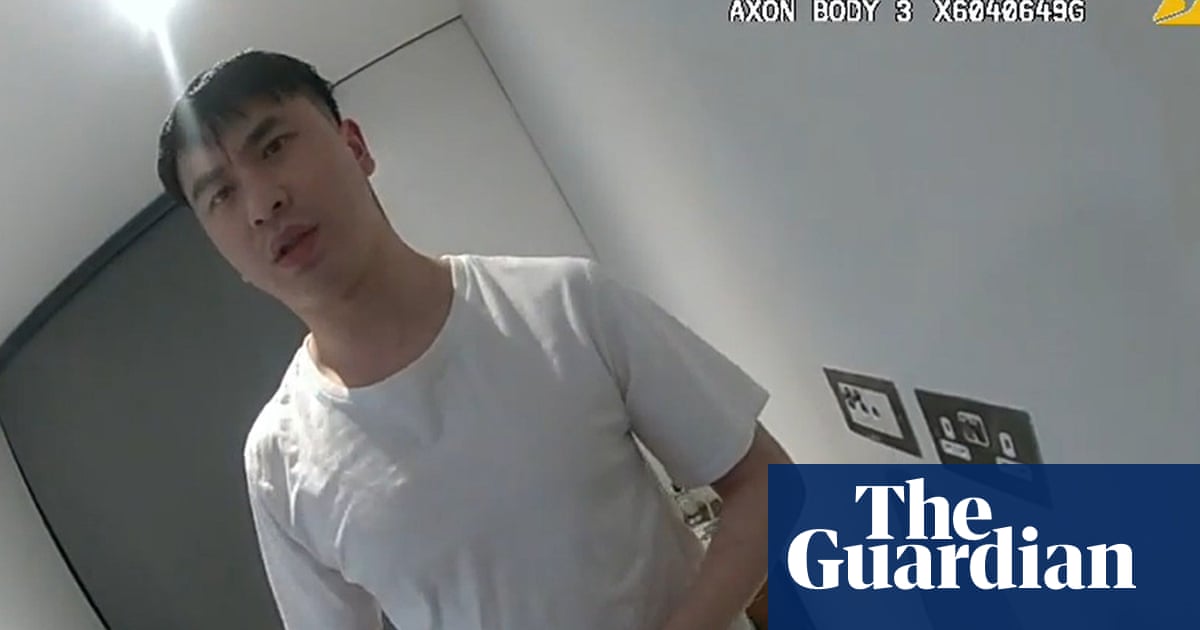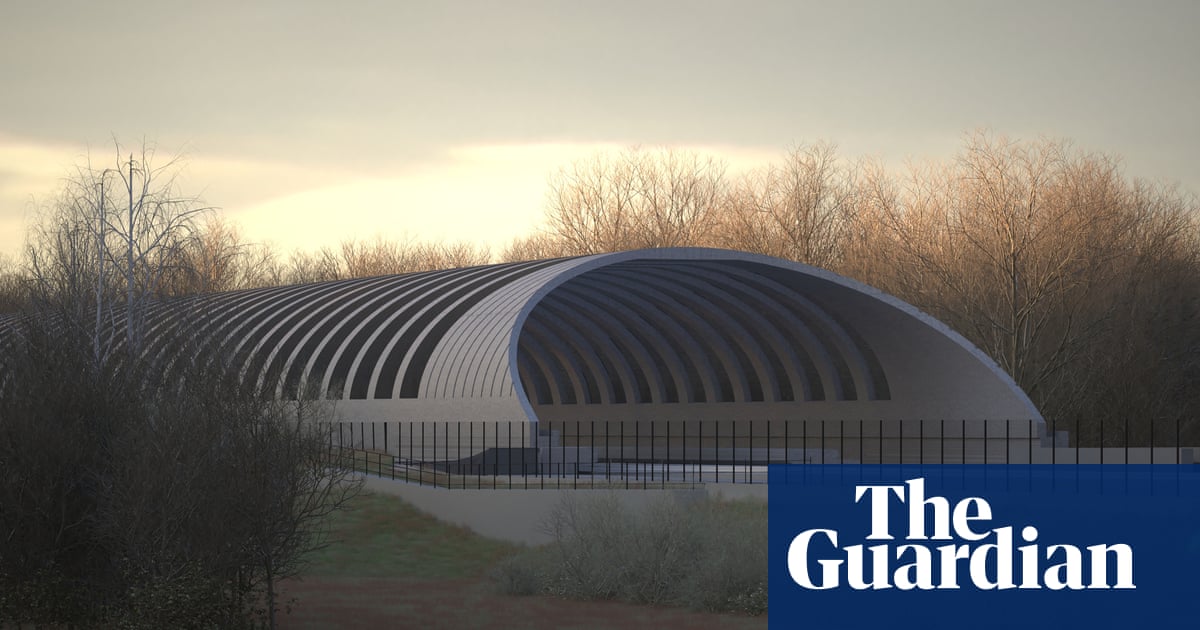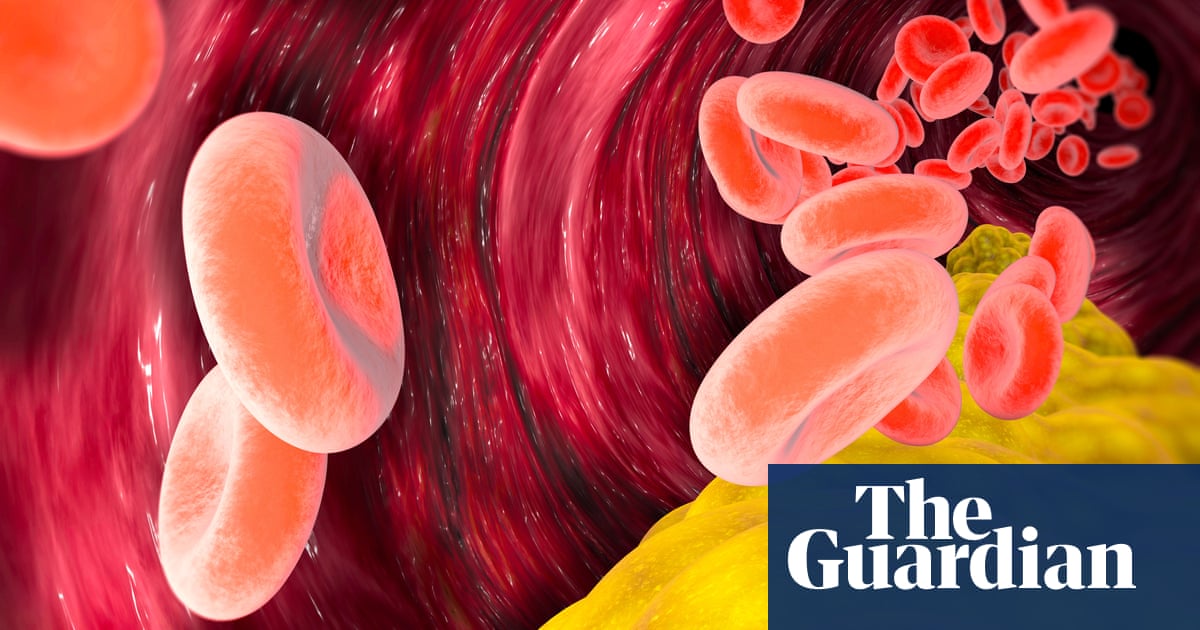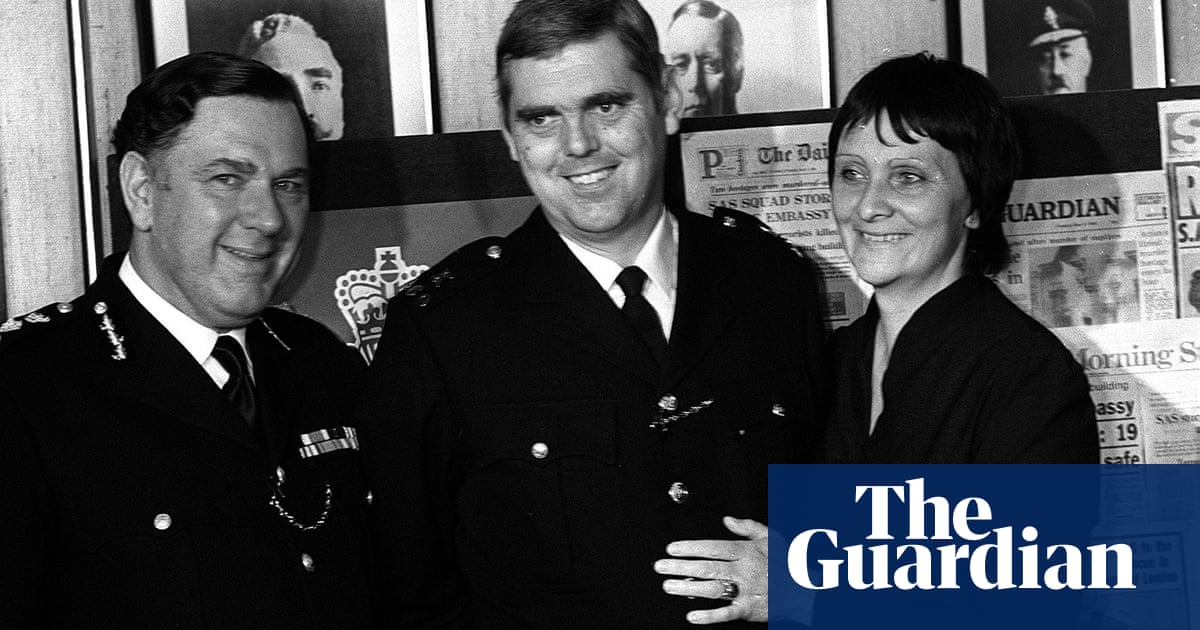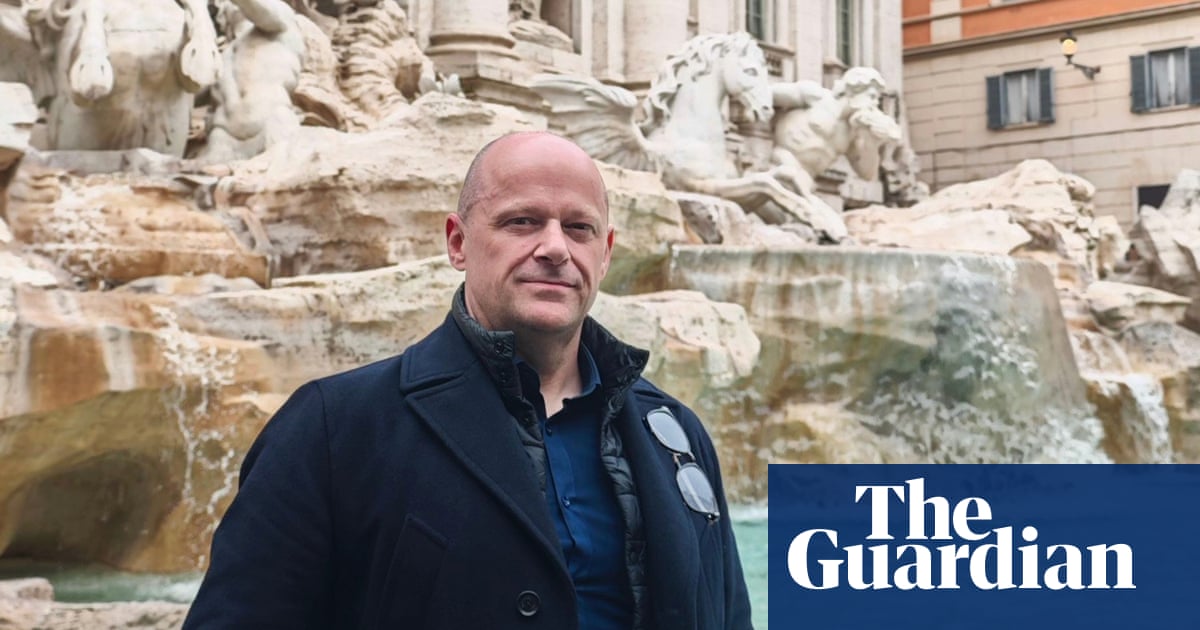Ten days ago, in a major turning point in almost two years of war, the Sudanese army reclaimed the capital city from the Rapid Support Forces (RSF) militia which took it over in 2023. What little we know so far paints a picture of a city ravaged by unimaginable horror.
The war has sent Sudan hurtling into the largest humanitarian disaster in the world, triggering genocide in the west of the country, and starvation there and in other areas. Previously allies in power, the RSF – formalised and expanded from the remnants of the Janjaweed militia – and the Sudanese military went to war when their partnership fell apart. The victims have been the Sudanese people, whose lives were trampled beneath. Khartoum’s centrality in the war, both in its prosperity and in terms of what it represents for the RSF as the seat of power, has meant the city has been subjected to a particularly intense and vengeful campaign: the RSF seized it and then proceeded not to govern the city, but strip it and terrorise its inhabitants.
Those hesitantly leaving their homes to greet the Sudanese armed forces’ (SAF) soldiers are hollowed out with hunger, thirst, disease and fear. They recount a siege of theft and murder, as a trigger-happy RSF militia shot those who resisted their demands. Afraid to carry their dead to graveyards, people buried those killed in shallow graves in their own streets and back yards. Elsewhere, corpses have been left to decompose where they fell. Widespread sexual violence against the civilian population has been reported from the early days of the war. It is an indication of the total siege that Khartoum was under that there isn’t yet a reliable estimate of the death toll.
In the areas of the city where the fighting was most intense, civilians fled, leaving behind a ghost town. The scenes are apocalyptic. Khartoum’s buildings and iconic landmarks are reduced to burned out shells, its streets overgrown with weeds and vegetation. In a striking encapsulation of the arterial severing of the country, the airport, functional until the very first hours of the war, with flights preparing for takeoff, was burned to a black shell. Pieces of those planes grounded by the war remain on the runway.

Khartoum airport’s rapid destruction speaks to the most remarkable feature of this war – how precipitous it was. How quickly Sudan was snatched from normality and plunged into a war that didn’t escalate over time, but exploded overnight. Millions grabbed whatever they could and fled as the RSF advanced. What they left behind was swiftly claimed. What occurred in Khartoum is the biggest looting of an African city, if not any capital city, in modern history. From the country’s cultural heritage to the belongings of its people, nothing escaped. Sudan’s National Museum, housing precious artefacts from Nubian and Pharaonic civilisations, has been emptied. What could not be carried away was destroyed. Homes and businesses were ransacked, with everything from furniture to personal belongings carted away. Even electric wiring was not spared: dug up and stripped to be sold. Images from the city feature the remains of cars, all with their wheels and engines removed.
The scale of the heist and destruction that is emerging marks the end of the siege of Khartoum as both a jubilant and profoundly sad moment. To be released from the pain of a brutal occupation is cause for relief and celebration, but the measure of the losses, of what is required to rebuild, is immense and goes to the foundations of the city’s physical and administrative capacities. The restoration not just of people’s homes and livelihoods, but the capital’s very infrastructure would be a vast endeavour for any country, let alone one still in the throes of war. What becomes apparent now is that so much of what has been lost is gone for ever.
And then there is the matter of nation building and bringing an end to the war in the whole country. Sudan has unravelled along military lines, and people have rallied behind the SAF to restore the country’s territorial integrity and deliver them from the RSF. But a question about ejecting all military bodies from governance, a demand thwarted by the SAF-RSF partnership after the 2019 revolution that removed Omar al-Bashir, has become suspended in the process, pushing Sudan further into militarised rule and consolidation under the SAF. Proxies and mercenaries and arms suppliers have been drawn in, most prominently the United Arab Emirates, which has backed the RSF. These players have extended the life of the war and sunk so much cost in the conflict that their involvement will probably render large victories by the SAF indecisive in the short term. The international community has all but abandoned Sudan to its fate, with hundreds of millions of dollars in pledged aid that never materialised and abysmal political engagement.
The RSF militia has now decamped to a stronghold in the west of the country, where it controls almost every major city. The scale of the violence there against racial groups and tribes not aligned with the RSF has amounted to the sort of ethnic cleansing and mass murder that echoes the genocide of the 00s, and the SAF, with its deadly bombings, is responsible for numerous civilian casualties and has its own share of accusations of crimes against humanity. What has ended in Khartoum and eastern Sudan continues to rage, with even more intensity, elsewhere. The RSF may have lost its jewel in the crown, but the war is far from over.
In the meantime, being in a position to count the losses, rather than be actively experiencing them, is the best one can ask for. And what losses they are, not just for its inhabitants, not just for Sudan, but for a world that has lost a beautiful, historic, storied city. Khartoum was taken apart and its pieces scattered across Sudan. What remains resides in the hearts of its people.
-
Nesrine Malik is a Guardian columnist

 1 day ago
7
1 day ago
7


